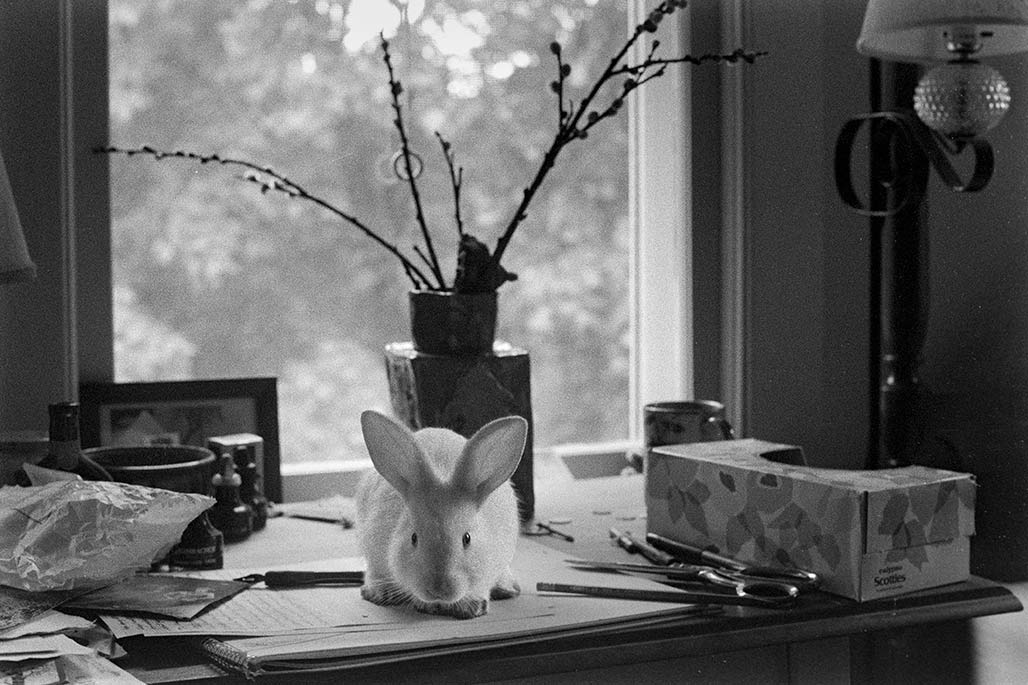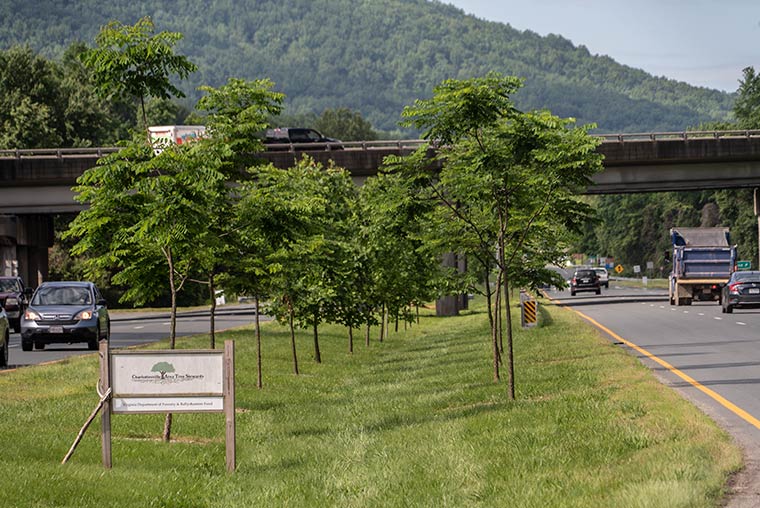
Category: flora
it’s as clear as

VDOT pruning master class


Gall


sassafras albidum

Sassafras albidum was a well-used plant by Native Americans in what is now the southeastern United States prior to the European colonization. The Choctaw word for sassafras is “Kvfi.” It was known as “Winauk” in Delaware and Virginia and is called “Pauane” by the Timuca.
Some Native American tribes used the leaves of sassafras to treat wounds by rubbing the leaves directly into a wound, and used different parts of the plant for many medicinal purposes such as treating acne, urinary disorders, and sicknesses that increased body temperature, such as high fevers. They also used the bark as a dye, and as a flavoring.–Wikipedia
Gray Coale and Sassafras Albidum at Swan Point
Ranunculus ficaria

Buteo jamaicensis

Platanus occidentalis

A sycamore can grow to massive proportions, typically reaching up to 30 to 40 m (98 to 131 ft) high and 1.5 to 2 m (4.9 to 6.6 ft) in diameter when grown in deep soils. The largest of the species have been measured to 53 m (174 ft), and nearly 4 m (13 ft) in diameter.-Wikipedia
tree tubes



cornus florida
